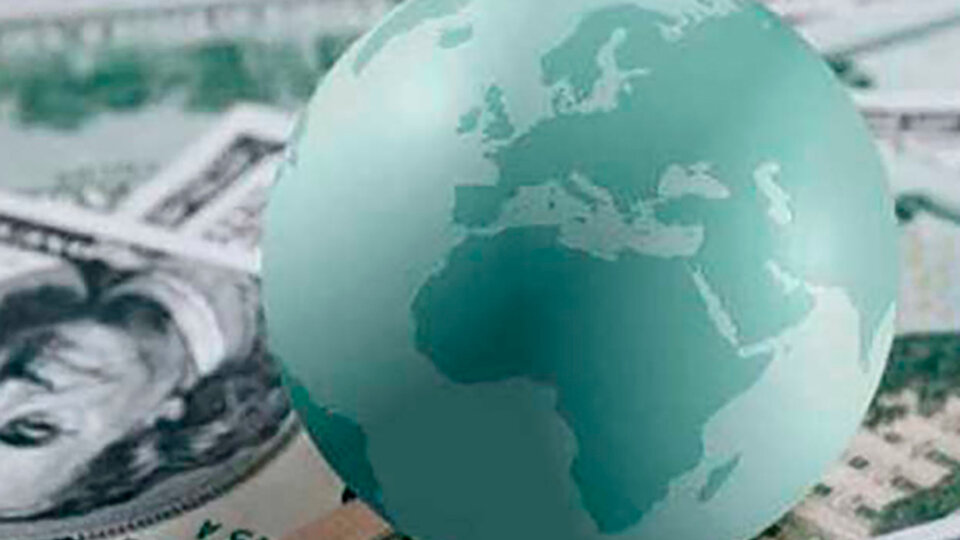
[ad_1]
The pandemic continues to have a notable impact on the organization of advanced and emerging economies, but early results from vaccination plans seem to indicate that in a few months, the world will regain a certain sanitary tranquility.
Economists, investors and analysts from different disciplines are starting to have two important tasks. The first is to try to anticipate the structural changes that will come after the pandemic. The new model of consumption, the impact of technology on the labor market and the transformation of urban centers will be essential in the years to come.
The second task is measure the imbalances left by the health crisis. At this point, the International Institute of Finance (IIF) recently released an interesting paper to assess one of the main economic challenges: global debt.
Global indebtedness increased dramatically last year to reach $ 281 trillion (355% of global GDP). To understand the dimension of these figures, we can mention that Over the past ten years, the amount of global debt has increased by $ 88 trillion and of this figure 24 trillion was recorded last year.
The governments accounted for more than half of new debt issued in 2020 (nearly $ 12 trillion) although there has also been a noticeable increase in corporate investments, financial institutions and household loans.
European countries have led the increase in debt in terms of gross domestic product of their economies. Mainly France, Spain, Greece and England saw debt jump nearly 40 points percentage.
In emerging economies, South Africa and India recorded the largest increases in public debt ratios, while Peru and Russia recorded the largest increases in corporate debt. An interesting fact is that a large part of the new investments were made in local currencies (thus avoiding the issuance of bonds in foreign currencies).
In total, governments recorded debt in 2020 equivalent to 105% of global GDP. The figure was 88% in 2019. By 2021, countries’ debt is expected to rise again by $ 10 trillion (similar to last year).
The IIF document states that The signs of stabilization of the debt / product ratio of governments are weak for the moment. In particular, the problem will fall in 2021 in economies with fewer resources and without access to vaccines.
The underdeveloped countries are exposed to new economic tensions which moderate the rebound of this year or even generate new recessions. The situation is diametrically opposed for mature powers. The recovery in domestic markets should consolidate in the second half of the year.
In the report of the International Institute of Finance, it appears – in addition to the difficulties for poor countries – Another problem on the horizon: the zombification of companies. In other words, companies that have been left standing thanks to extraordinary cheap credit policies that can end and cause a wave of business failures and failures.
The decline in the number of companies filing for bankruptcy, according to the IIR analysis, has been extraordinary in many countries, especially in Europe. But the flip side is that a The withdrawal of government stimulus measures could imply an increase in business closings and a wave of credit defaults.
It’s a crossroads because if cheap financing is withdrawn, there is the possibility of causing a systemic problem (due to the impact of the credit default on the financial system), but if it is not withdrawn, businesses without viability business will continue to exist thanks to an accumulation of increasingly high debt without the possibility of repayment.
.
[ad_2]
Source link
 Naaju Breaking News, Live Updates, Latest Headlines, Viral News, Top Stories, Trending Topics, Videos
Naaju Breaking News, Live Updates, Latest Headlines, Viral News, Top Stories, Trending Topics, Videos